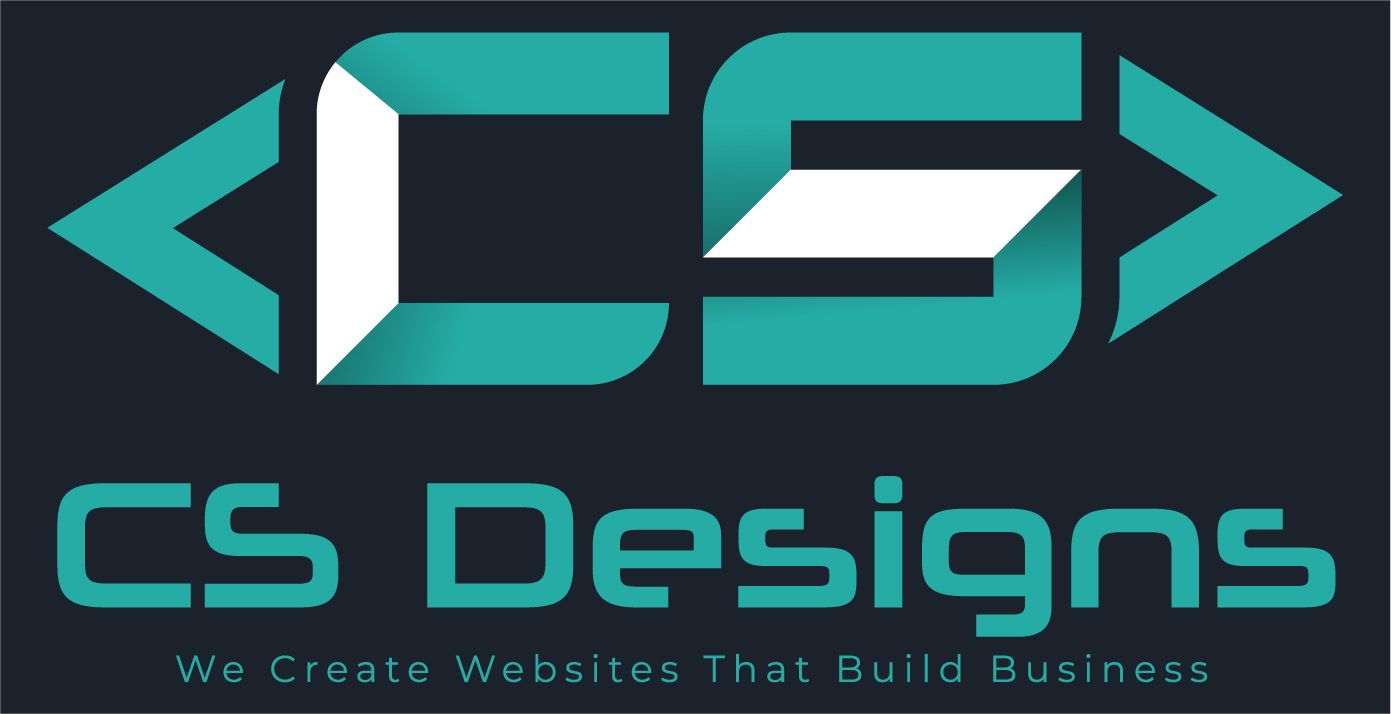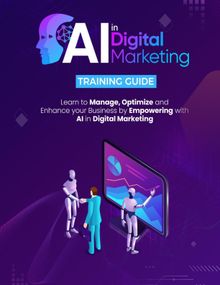
SEO Strategies to Boost Your Website's Visibility
Search Engine Optimization (SEO) is the practice of enhancing a website to increase its visibility when people search for products or services related to your business in search engines like Google, Bing, and Yahoo. The better visibility your pages have in search results, the more likely you are to garner attention and attract prospective and existing customers to your business. SEO is crucial because it helps drive organic traffic, which is often more valuable than paid traffic. Organic traffic is more sustainable in the long run and can lead to higher conversion rates. By optimizing your website for search engines, you ensure that your content is easily discoverable, relevant, and authoritative, which can significantly boost your online presence and credibility.
## Keyword Research and Optimization
Keyword research is the foundation of any successful SEO strategy. It involves identifying the words and phrases that potential customers use to search for products or services similar to yours. By understanding these keywords, you can create content that meets the needs of your audience and ranks higher in search engine results. To find relevant keywords, start by brainstorming a list of potential terms related to your business. Then, use keyword research tools to expand this list and identify high-volume, low-competition keywords that you can target.
### Tools for Keyword Research
Several tools can help you find the right keywords for your SEO strategy. Google Keyword Planner is a free tool that provides keyword ideas and search volume data. SEMrush is a comprehensive SEO tool that offers keyword research, competitive analysis, and more. Ahrefs is another powerful tool that provides in-depth keyword analysis, including search volume, keyword difficulty, and related keywords. These tools can help you identify the best keywords to target and optimize your content for maximum visibility.
### Long-Tail Keywords
Long-tail keywords are longer, more specific phrases that people use when they are closer to making a purchase or when they use voice search. These keywords are less competitive and can attract more targeted traffic to your website. For example, instead of targeting the broad keyword "shoes," you might target "women's running shoes for flat feet." By focusing on long-tail keywords, you can reach a more specific audience and increase your chances of ranking higher in search results.
## On-Page SEO Techniques
On-page SEO refers to the optimization of individual web pages to rank higher and earn more relevant traffic in search engines. This includes optimizing meta tags, header tags, and content to ensure that search engines understand the context and relevance of your pages.
### Meta Tags Optimization
Meta tags, including meta titles and descriptions, play a crucial role in SEO. The meta title is the clickable headline that appears in search engine results, while the meta description provides a brief summary of the page's content. To optimize meta tags, ensure that your meta title is concise, includes your target keyword, and accurately reflects the content of the page. The meta description should be compelling, include relevant keywords, and provide a clear call to action to encourage users to click through to your site.
### Header Tags and Content Structure
Header tags (H1, H2, H3, etc.) are used to structure your content and make it more readable for both users and search engines. The H1 tag should be used for the main title of the page, while H2 and H3 tags can be used for subheadings. Proper use of header tags helps search engines understand the hierarchy and importance of the content on your page. Additionally, well-structured content is easier for users to read and navigate, which can improve user experience and reduce bounce rates.
## Technical SEO Best Practices
Technical SEO involves optimizing the technical aspects of your website to ensure that it is easily crawlable and indexable by search engines. This includes improving site speed, ensuring mobile-friendliness, and using XML sitemaps and robots.txt files.
### Site Speed and Performance
Site speed is a critical factor in both SEO and user experience. Slow-loading websites can lead to higher bounce rates and lower search engine rankings. To improve site speed, optimize images, leverage browser caching, and minimize HTTP requests. Tools like Google PageSpeed Insights can help you identify areas for improvement and provide recommendations for enhancing site performance.
### Mobile-Friendliness
With the increasing use of mobile devices, having a mobile-friendly website is essential for SEO. Google uses mobile-first indexing, which means it primarily uses the mobile version of your site for ranking and indexing. To ensure your site is optimized for mobile devices, use responsive design, optimize images and videos for mobile, and ensure that buttons and links are easily clickable on smaller screens.
### XML Sitemaps and Robots.txt
XML sitemaps and robots.txt files play a crucial role in guiding search engines to index your site properly. An XML sitemap is a file that lists all the pages on your website, helping search engines understand the structure of your site and find new content. The robots.txt file tells search engines which pages they can and cannot crawl. By properly configuring these files, you can ensure that search engines index your most important pages and avoid indexing duplicate or low-quality content.
## Content Creation and Marketing
High-quality content is the cornerstone of any successful SEO strategy. Creating engaging, valuable content that meets the needs of your audience can help you attract and retain visitors, improve search engine rankings, and drive organic traffic.
### Creating Engaging Content
To create content that is both SEO-friendly and engaging, start by understanding your audience's needs and interests. Use keyword research to identify topics that are relevant to your audience and create content that provides valuable information, answers questions, and solves problems. Use a mix of text, images, videos, and infographics to make your content more engaging and shareable. Additionally, ensure that your content is well-structured, easy to read, and free of grammatical errors.
### Content Promotion Strategies
Creating great content is only half the battle; you also need to promote it to reach a wider audience. Share your content on social media platforms, use email marketing to reach your subscribers, and consider guest blogging on reputable sites in your industry. Additionally, engage with your audience by responding to comments and questions, and encourage them to share your content with their networks. By actively promoting your content, you can increase its visibility and drive more traffic to your website.
## Link Building Strategies
Backlinks, or links from other websites to your site, are a crucial factor in SEO. High-quality backlinks can improve your site's authority and search engine rankings. Effective link building strategies include internal linking, external linking, and outreach.
### Internal Linking
Internal linking involves linking to other pages on your website. This helps search engines understand the structure of your site and discover new content. It also helps users navigate your site and find related information. To implement internal linking effectively, use descriptive anchor text, link to relevant pages, and ensure that your links are natural and add value to the content.
### External Linking and Outreach
External linking involves acquiring backlinks from other websites. This can be achieved through outreach, partnerships, and content marketing. Reach out to industry influencers, bloggers, and websites to share your content and request backlinks. Additionally, create high-quality, shareable content that others will want to link to. Guest blogging on reputable sites can also help you build backlinks and increase your site's authority.
## Monitoring and Analyzing SEO Performance
Tracking and analyzing your SEO performance is essential to understand what is working and identify areas for improvement. Use tools like Google Analytics and Google Search Console to monitor key metrics and gain insights into your site's performance.
### Google Analytics and Search Console
Google Analytics provides valuable data on your website's traffic, user behavior, and conversions. Use it to track metrics such as page views, bounce rates, and average session duration. Google Search Console, on the other hand, provides insights into your site's search performance, including search queries, click-through rates, and indexing status. By regularly monitoring these tools, you can identify trends, track the effectiveness of your SEO efforts, and make data-driven decisions to improve your site's visibility.
### Regular SEO Audits
Conducting regular SEO audits is essential to identify and fix issues that may affect your website's visibility. An SEO audit involves analyzing various aspects of your site, including technical SEO, on-page SEO, and off-page SEO. Use tools like Screaming Frog, SEMrush, and Ahrefs to conduct comprehensive audits and identify issues such as broken links, duplicate content, and missing meta tags. By addressing these issues, you can ensure that your site is optimized for search engines and provides a positive user experience.
## Staying Updated with SEO Trends
SEO is constantly evolving, with search engines regularly updating their algorithms and best practices. Staying informed about the latest SEO trends and algorithm updates is crucial to maintaining and improving your website's visibility.
### Following Industry Blogs and Forums
To stay updated with the latest SEO trends, follow reputable SEO blogs, forums, and industry experts. Websites like Moz, Search Engine Journal, and Search Engine Land provide valuable insights, tips, and news on the latest SEO developments. Additionally, participate in SEO forums and communities to engage with other professionals, share knowledge, and stay informed about industry changes.
### Adapting to Algorithm Changes
Search engine algorithms are constantly changing, and it's essential to adapt your SEO strategies accordingly. When a new algorithm update is announced, review the changes and assess how they may impact your site. Make necessary adjustments to your content, technical SEO, and link-building strategies to align with the new guidelines. By staying proactive and adaptable, you can ensure that your site remains optimized and maintains its visibility in search engine results.









